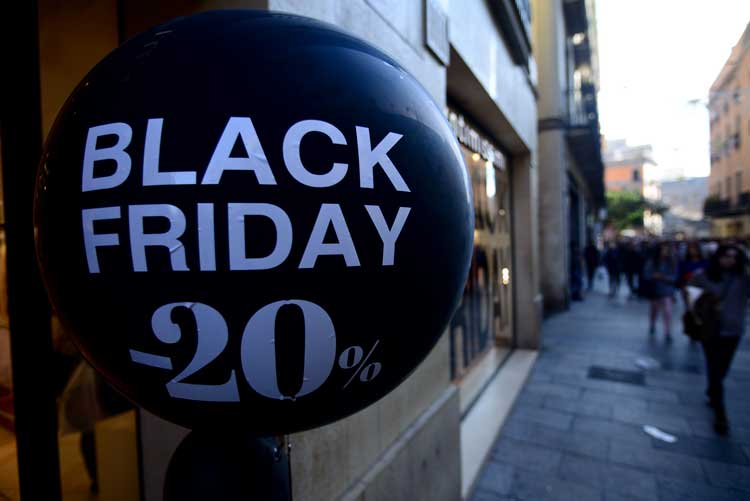Debate: Big Black Friday promotions - but at what cost?

"In order to take advantage of dynamic pricing during such a campaign-intensive week as we've just been through, it's important to communicate with customers in a new way around your pricing," writes Martin Granberg, Chief Strategy Officer, Priceindx.
The right price is becoming an increasingly important strategic issue for traders. Price expert Martin Granberg explains what dynamic prices can mean for campaign-intensive periods such as Black Week - and why we now see larger price changes even during the weekends.
Price has become an increasingly important tool in the digital marketer's toolbox. We saw this just a few weeks ago with Klarna's billion-dollar acquisition of the price comparison service Pricerunner, precisely in order to strengthen their other services through price comparisons.
During the last two or three years, the interest in having the right price and being relevant in the market has become an increasingly important strategic issue for Swedish companies.
READ ALSO: Five players explain: This is why we refuse Black Friday - and invest in completely different campaigns
Discussions about surreptitiously raising prices to be able to give even steeper discounts are nothing new, but unfortunately happen and have always been done. Many times prices stagnate in the weeks leading up to Black Week, prices that otherwise during the rest of the year have been relatively variable. In the past year, otherwise, prices have had higher volatility than usual, mainly due to increased and sometimes difficult to plan purchase prices together with a certain shortage of goods, which has meant that the suppliers' price increases have been forced on the consumer, and this has been especially clear in certain segments.
"In order to take advantage of dynamic pricing during such a campaign-intensive week as we have just been through, it is important to communicate with customers in a new way"
Black Week is unique because basically all merchants operating online are forced to offer promotions to meet customer expectations for a heavy discount and the battle for a good price has intensified between merchants.
In order to more easily counter the competitors' campaigns both during Black Week and during the rest of the year, many retailers have chosen to disconnect ever larger parts of their assortment from the static campaigns and instead choose to have completely dynamic prices. Often this is after demands from purchasing/CFO to protect their margins during campaign-intensive periods where it is often easy to "cake on cake" with campaigns that push margins down to a minimum. According to the rules, prices must be stable for a couple of weeks before a campaign starts, and then the campaign traders are locked in and cannot follow the market price that those with a decoupled assortment can set freely.
READ ALSO: This year's Black Week ended - this is how it went for trade: "New record"
But in order to take advantage of dynamic pricing during such a campaign-intensive week as we've just been through, it's important to communicate with customers in a new way around your pricing to meet their expectations of good discounts and not just a good price, can seems superficial but is important to the general consumer.
"The reason why weekend changes have been relatively uncommon in the past but are now increasing in frequency is that more actors have reached fully automated systems"
New for this year is also that you can see increased mobility during the weekends on the assortment that is disconnected from campaigns. In previous years, even during Black Week, prices were mainly changed during the weekdays, this is something that we have seen has changed during the last year when more and more players choose to scratch and change their prices more often during the weekdays but also during the weekends.
READ ALSO: Lyko about the red jungle during Black Week - after last year's mistakes: "It's been a bit of the wild west"
The reason why weekend changes have been relatively uncommon in the past but are now increasing in frequency is that more players have reached fully automated systems that allow changes without manual intervention, which makes it easier and also natural to follow the market even on the weekend. Of course, it also affects the fact that, as previously mentioned, more traders are delinking assortment, which means that the previously static Black Week is starting to become more mobile again.
Despite surreptitiously increased prices, Black Friday boycotts and other recurring headlines, we can be sure of one thing – prices will never again change more slowly than they do right now!
Martin Granberg,
Chief Strategy Officer, Priceindx
Read article at market.se


